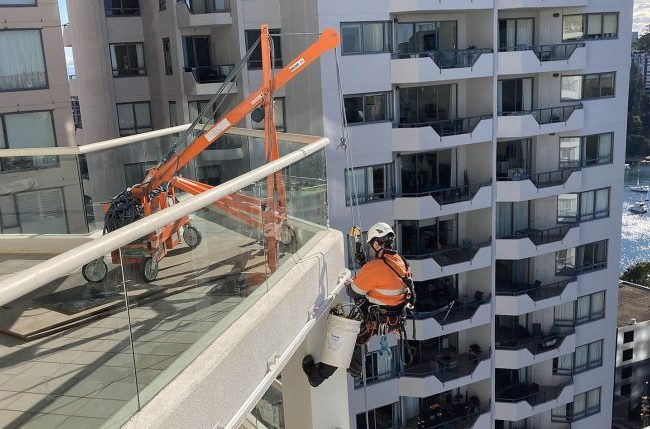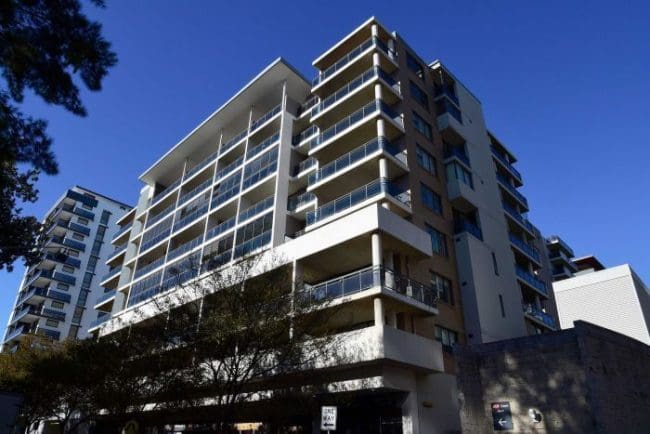Towards the end of last century, around about the time state governments started allowing apartment block developers to appoint their preferred certifiers, launching the self-certification scandal, HIH Insurance collapsed.
HIH was one of the major players in the building insurance game and the others made a smart business decision; they stopped insuring construction of apartment blocks more than three storeys high.
In response, state governments instituted their own quasi-insurance schemes that basically said the developers had to fix or pay for fixing any major defects claimed in the first seven years.
The government would pursue backsliders and, if the developer disappeared for whatever reason in the meantime, the state would pick up the tab.
Now, before we go any further, as we always say at the end of these columns, different states have different laws.
The area of defect claims in new apartment blocks is certainly no exception. With different strata laws and a wide variety of approaches to apartment living, the situation in your specific state or unit block will differ from others.
Getting back to defects, the claims periods in NSW were subsequently reduced to six years for major defects – defined as anything that might make a building or an apartment unsafe or uninhabitable – and two years for non-major defects (such as doors that don’t close properly or light switches that don’t work etc etc).
Anything outside that period, and you are on your own … in NSW. It’s different in Victoria, where there is a six-year window for claims on Home Warranty Insurance but there are also transferable building warranties that last 10 years.
In Queensland the claims window is six years and six months and in South Australia they are seven years or even longer for structural defects.
And if you think that’s complicated, in some states the clock starts ticking when the building gets a certificate of completion but in Queensland, for instance, you have a year from when the defect is first noticed in which to make the claim (which must be within the six-and-a-half year window).
The Queensland model is particularly complicated, in terms of who can do what, how and when, so I recommend strata law specialists Hynes Legal’s handbook on defect claims, available online.
Talking of lawyers, yes, you will need to consult one. But in some states there are limits on how much you can spend on legal advice.
In Victoria a special resolution approval (with a much higher voting threshold than a simple majority) is required before any legal action can be pursued, although this is likely to be changed under the proposed revisions to the Owners Corporation Act.
In NSW there is a limit of $10,000 unless additional spending is approved by a simple majority at a general meeting. However, the initial limit doesn’t apply to legal work done to provide an estimate of the cost of running a case.
In Queensland, bodies corporate can set their own spending limits by a simple majority vote at a general meeting but, failing that, the default limit is $200 per unit with a threshold of $1100 per unit before two quotes on work must be provided.
Other states and territories, of course, have other systems but wherever you are, the same advice applies when it comes to defect claims in a relatively new building: get a reliable building surveyor and talk to an experienced strata lawyer, preferably one who has successfully run defects claims, and do both as soon as possible.
This column first appeared in the Australian Financial Review online.





This is now being discussed in the Flat Chat Forum